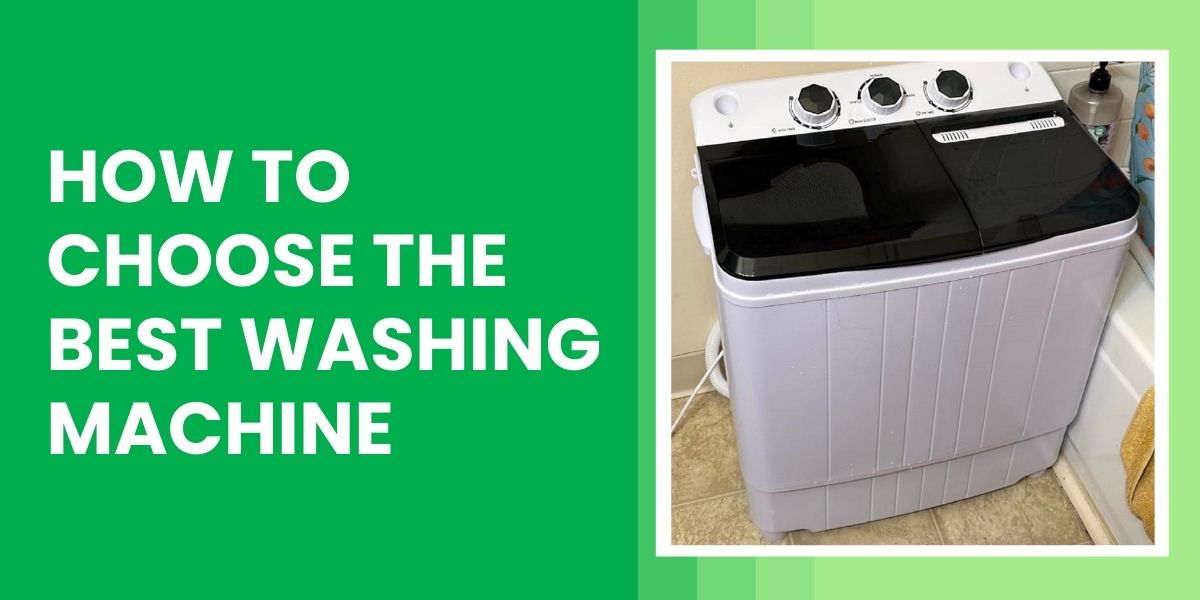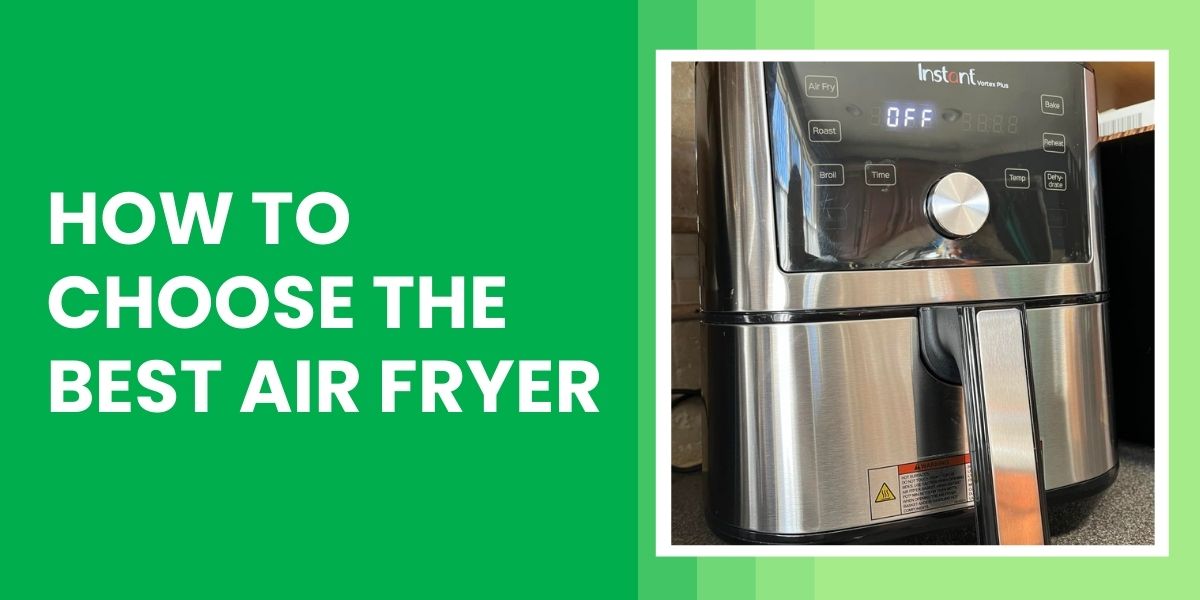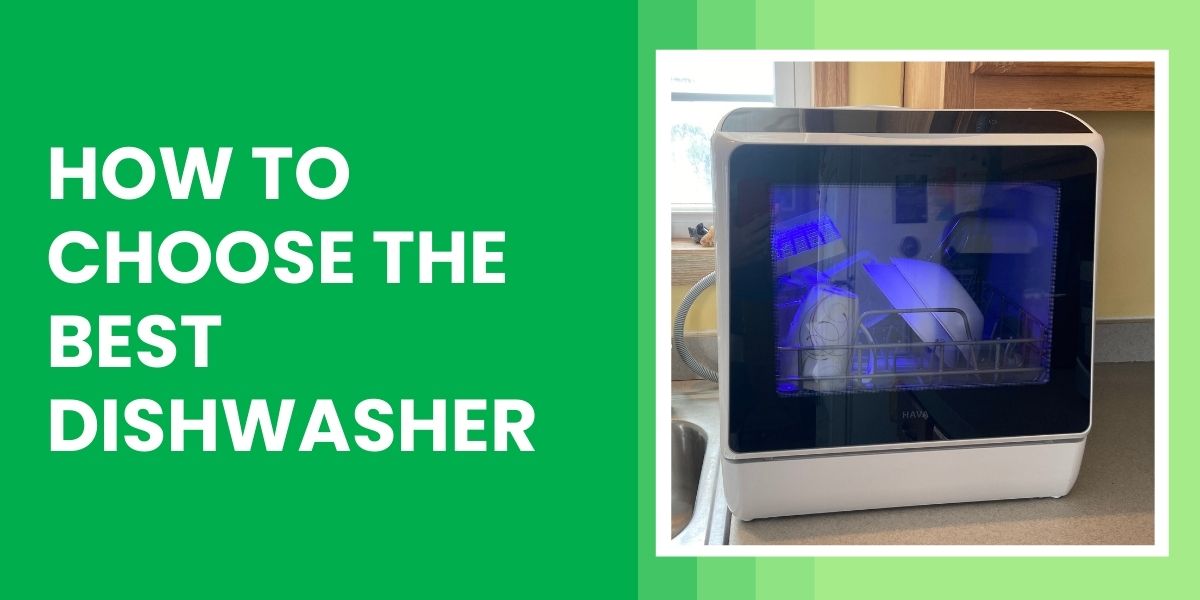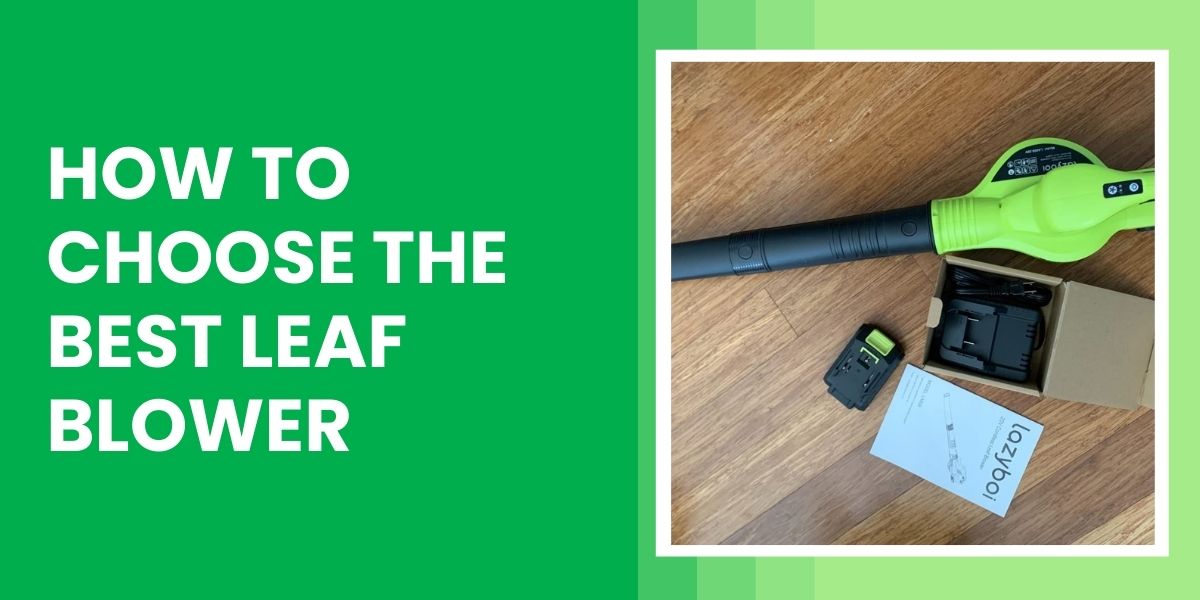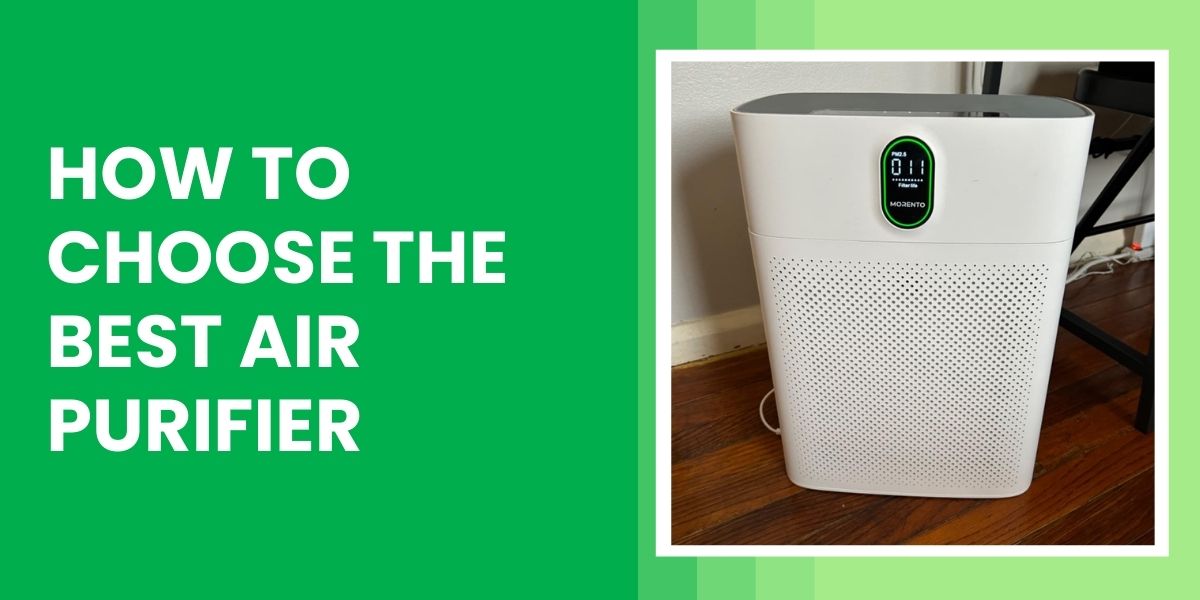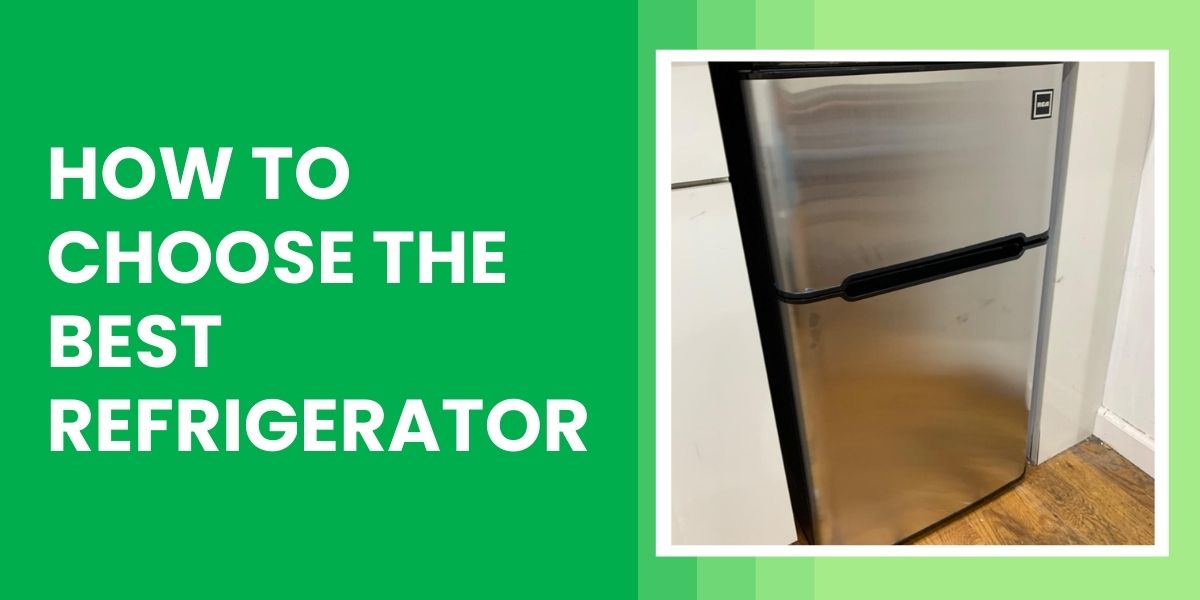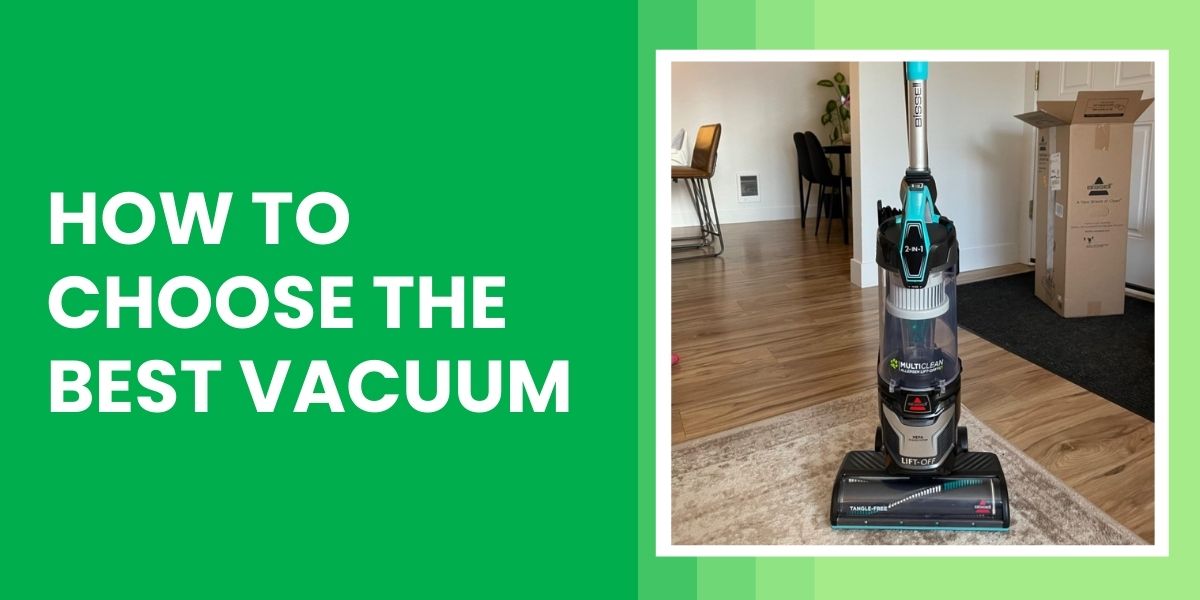Choosing the right washing machine can make a big difference in how efficiently you handle laundry. With so many models and features available, it’s important to focus on what best suits your home, lifestyle, and laundry needs. This guide walks you through the most important factors to consider, from size and energy efficiency to smart features and wash programs. Whether you’re replacing an old unit or buying your first, this guide will help you make a confident and informed decision.
Things to Consider When Buying a Washing Machine
Here’s a detailed breakdown of what to look for:
1. Washer Type
Choose a style that suits your space and laundry routine:
- Top-Load (Agitator)
Traditional and budget-friendly with faster wash times.
Best for: Those wanting simplicity and speed. - Top-Load (Impeller/High Efficiency)
Uses less water and energy; gentler on clothes.
Best for: Eco-conscious homes or those wanting modern features in a top-loader. - Front-Load Washers
More efficient, gentler on fabrics, better spin speeds.
Best for: Small spaces (can stack), allergy-prone users, or large households. - Washer-Dryer Combos
All-in-one units that wash and dry—ideal for tight spaces.
Best for: Apartments or households with no external dryer vent.
2. Capacity
Measured in cubic feet or kg (UK), the capacity determines how much laundry you can wash at once:
- 2.0–3.5 cu. ft. / 6–8 kg: Small households or limited space
- 4.0–4.5 cu. ft. / 8–10 kg: Medium families (2–4 people)
- 5.0+ cu. ft. / 10–12 kg+: Large families or bulky loads (comforters, bedding)
Tip: If you regularly wash duvets, towels, or pet bedding, choose a larger capacity drum.
3. Space and Installation Needs
- Measure your space: Height, width, and depth including door clearance.
- Consider front-load stacking or compact models for apartments.
Check hookups: Some units require 240V or water inlet types specific to your region.
4. Energy and Water Efficiency
- Look for Energy Star (US/CA) or Energy Label (UK) ratings.
- Front-loaders are generally more efficient than top-loaders.
- High-efficiency washers reduce energy and water use, saving on utility bills.
5. Spin Speed (RPM)
Higher RPM = better water extraction = shorter drying time.
- Standard spin: 1000–1200 RPM
- Heavy-duty spin: 1400+ RPM
Good for drying thick fabrics faster and saving energy in the dryer.
6. Wash Programs and Cycles
Look for preset wash options that match your lifestyle:
- Quick wash: Light loads in under 30 minutes
- Heavy-duty: Towels, bedding, denim
- Delicates: Lingerie, silk, or light fabrics
- Allergen: Extra rinse/hot water for allergy sufferers
- Sanitize/Steam: Kills bacteria—great for baby clothes or pet households
7. Noise Levels
- Quiet washers run around 40–60 dB; standard models are 60–75 dB.
- Look for inverter motors or anti-vibration systems for quieter operation—ideal for apartments or night use.
8. Smart Features
Wi-Fi/App Control: Start/monitor cycles remotely
- Auto-dosing: Dispenses the right amount of detergent
- Cycle Memory: Saves preferred wash settings
- Notifications: Alerts when washing is done
9. Drum Material
- Stainless steel: Most durable and gentle on clothes
- Plastic: Cheaper but may wear down over time
- Porcelain-coated: Less common, may chip
10. Load Balancing and Safety
- Automatic load sensors adjust water level and spin speed
- Child lock prevents accidental tampering
- Overflow protection shuts off water in case of leak
11. Budget
- $300–$500 / £250–£400 / CA$400–$600: Entry-level models
- $600–$900 / £500–£750 / CA$700–$1,000: Mid-range with more cycles and better efficiency
- $1,000+ / £800+ / CA$1,200+: Premium, smart features, large capacity, ultra-quiet
12. Warranty and Service
- Most brands offer 1-year limited parts and labor
- Extended warranties (3–5 years) often available at checkout
- Brands like LG, Bosch, Samsung, and Miele are known for better reliability and customer service
Additional Features to Consider:
These features aren’t essential, but they can greatly improve convenience, safety, and long-term value:
- Auto-Detergent Dispensers
Automatically measure and release the right amount of detergent per load. Helps prevent overdosing and saves money over time. - Steam Cleaning
Ideal for deep cleaning, wrinkle reduction, and sanitizing baby clothes, towels, or allergy-prone items. - Internal Water Heater
Heats water to precise temperatures for stain removal and sanitization, especially useful in cold climates or homes without hot water connections. - Self-Clean Cycle
Keeps the drum fresh and odor-free—particularly important in humid areas or if you’re washing pet bedding regularly. - Delay Start Timer
Schedule loads to start later—great for off-peak electricity rates or avoiding noise during the night. - Reversible Doors
Allows you to adjust the door opening direction to fit your laundry room layout—common in front-load models. - Auto Restart
Resumes the cycle after a power outage, helpful in areas with unstable electricity.
Finding the best washing machine means understanding your laundry needs, space, and budget. By focusing on features like capacity, spin speed, energy efficiency, and wash options, you can choose a model that truly works for your lifestyle. Don’t just go by looks or brand—take the time to compare what each machine offers. With the right information, you’ll be able to invest in the best washer for your home, making laundry more efficient and less of a chore.

